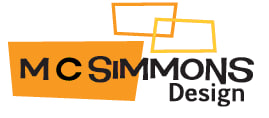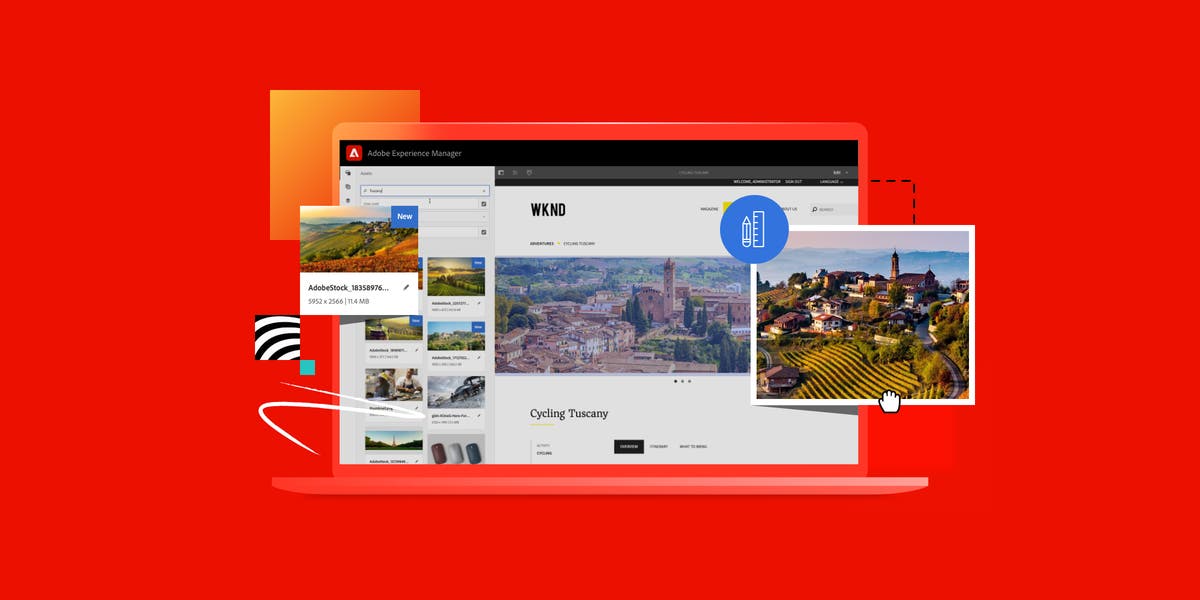In the dynamic world of web design, staying ahead of the curve requires a deep understanding of the latest tools and technologies shaping the digital landscape. With advancements happening at lightning speed, designers must continually adapt, innovate, and embrace new tools to create cutting-edge websites that stand out in a crowded online environment. Let’s explore the ever-evolving field of web design tools and technologies and how designers can stay ahead in this rapidly changing landscape.
1. Responsive Design Frameworks
Responsive design has become the standard in web design, with users accessing websites from a myriad of devices and screen sizes. Designers rely on responsive design frameworks like Bootstrap, Foundation, and Materialize to streamline the development process and ensure that websites look and perform seamlessly across all devices. These frameworks provide pre-built components, grid systems, and styling options, allowing designers to focus on creativity and innovation while maintaining compatibility and responsiveness.
2. Visual Editors and Drag-and-Drop Builders
Visual editors and drag-and-drop builders have revolutionized the way websites are designed, empowering designers of all skill levels to create stunning websites without writing a single line of code. Tools like Webflow, Wix, and Squarespace offer intuitive interfaces and powerful features that allow designers to design, prototype, and publish websites with ease. These tools blur the line between design and development, allowing designers to unleash their creativity and bring their visions to life without the technical barriers of traditional web development.
3. Advanced CSS Frameworks and Preprocessors
CSS frameworks and preprocessors have become indispensable tools for modern web design, offering enhanced functionality, modularity, and maintainability. Frameworks like Sass, Less, and Stylus provide features such as variables, mixins, and nesting, enabling designers to write cleaner, more efficient CSS code and create complex layouts with ease. Additionally, CSS frameworks like Tailwind CSS and Bulma offer utility-first approaches, allowing designers to build custom designs quickly by applying pre-defined utility classes.
4. JavaScript Libraries and Frameworks
JavaScript libraries and frameworks play a crucial role in adding interactivity, dynamism, and functionality to websites. Libraries like jQuery simplify DOM manipulation and event handling, while frameworks like React, Vue.js, and Angular offer powerful tools for building dynamic user interfaces and single-page applications. These libraries and frameworks empower designers to create immersive user experiences, interactive animations, and real-time updates that engage users and elevate the overall user experience.
5. Prototyping and Collaboration Tools
Prototyping and collaboration tools have become essential for streamlining the design process and fostering collaboration among team members. Tools like Figma, Adobe XD, and Sketch allow designers to create interactive prototypes, share designs with stakeholders, and gather feedback in real-time. Collaboration features such as version control, commenting, and user testing integrations enable designers to iterate quickly and efficiently, ensuring that designs meet user needs and project requirements.
Conclusion: Navigating the Digital Frontier
In conclusion, the field of web design is constantly evolving, driven by advancements in technology, changes in user behavior, and shifts in design trends. Staying ahead in this rapidly evolving field requires a willingness to embrace new tools and technologies, adapt to changing trends, and continually refine and expand your skillset. By leveraging responsive design frameworks, visual editors, advanced CSS frameworks, JavaScript libraries, prototyping tools, and collaboration platforms, designers can stay at the forefront of innovation and create websites that push the boundaries of creativity and functionality. In the digital frontier, the only constant is change, and by embracing change, designers can unlock new possibilities and shape the future of web design.




